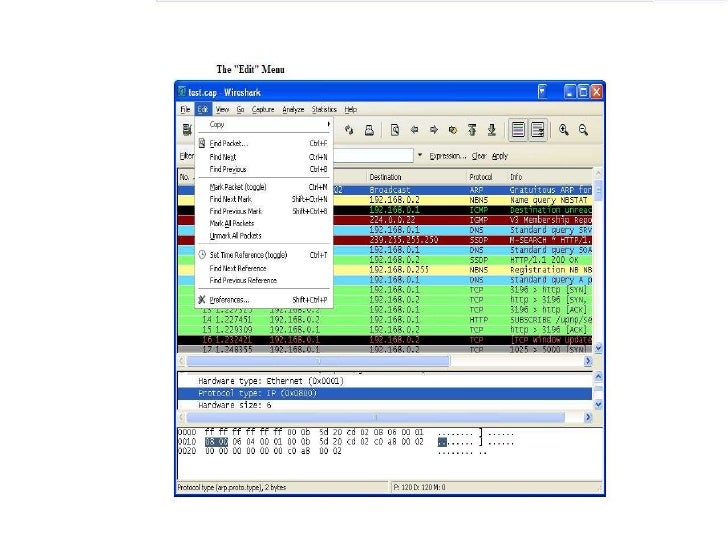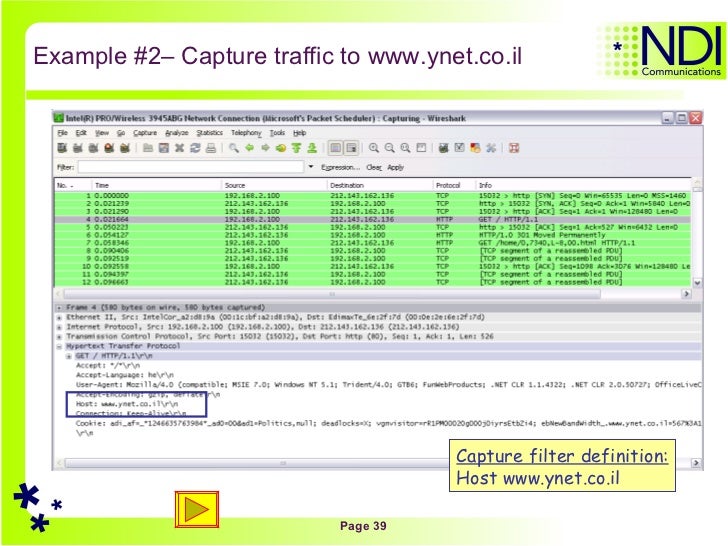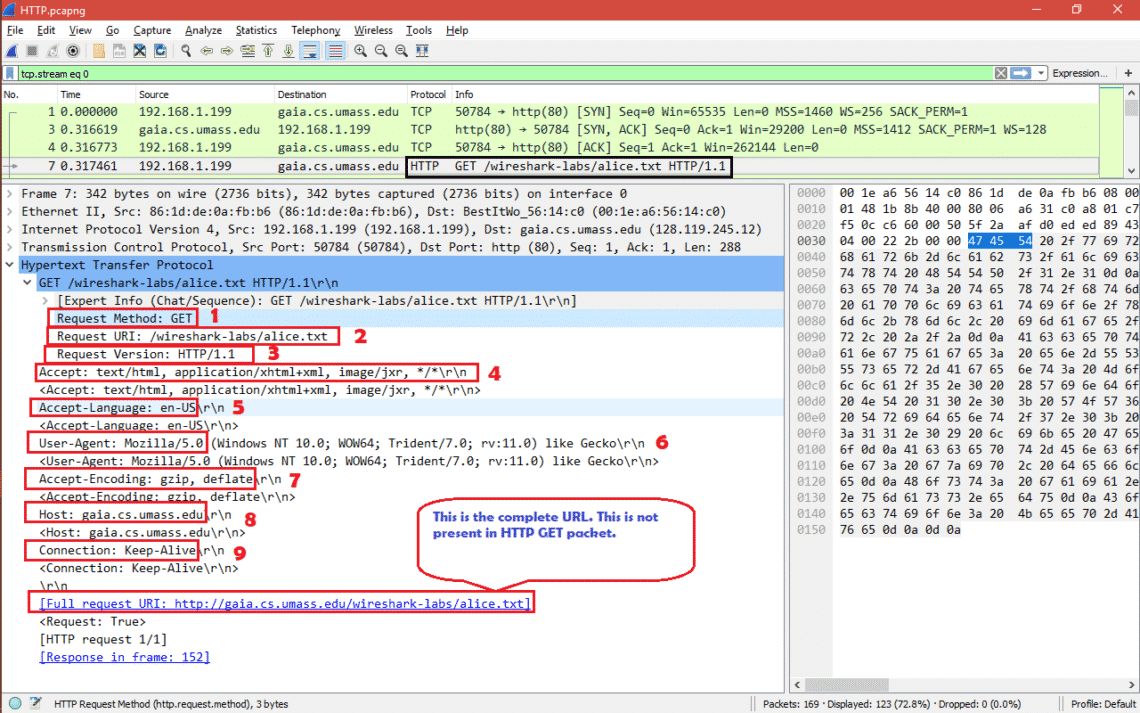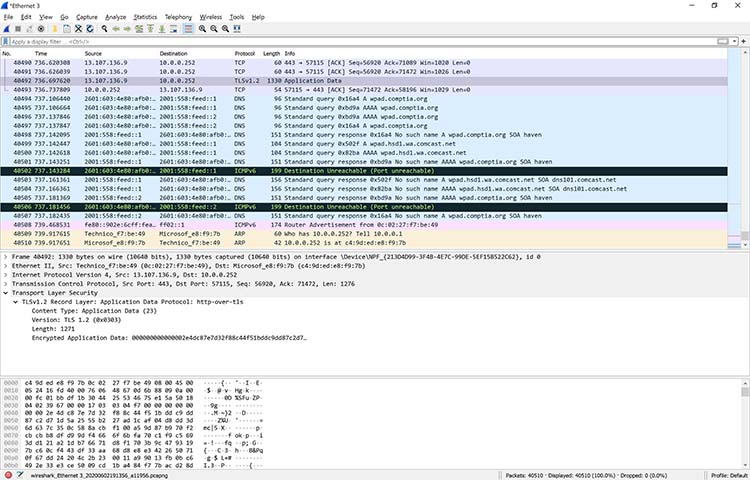

Oserve the immediate non-stop spam of traffic? Why do you think it’s non-stop spamming vs only showing traffic when you do an activity?Īnswer: because the RDP (protocol) is constantly showing you a live stream from one computer to another, therefor traffic is always being transmittedĭelete the Resource Group(s) created at the beginning of this lab Observe the DNS traffic being show in WireSharkīack in Wireshark, filter for RDP traffic only (tcp.port = 3389)
#USING WIRESHARK WINDOWS 10#
Observe the DHCP traffic appearing in WireSharkīack in Wireshark, filter for DNS traffic onlyįrom your Windows 10 VM within a command line, use nslookup to see what and ’s IP addresses are Type commands (username, pwd, etc) into the linux SSH connection and observe SSH traffic spam in WireSharkĮxit the SSH connection by typing ‘exit’ and pressing īack in Wireshark, filter for DHCP traffic onlyįrom your Windows 10 VM, attempt to issue your VM a new IP address from the command line (ipconfig /renew) Re-enable ICMP traffic for the Network Security Group your Ubuntu VM is usingīack in the Windows 10 VM, observe the ICMP traffic in WireShark and the command line Ping activity (should start working)īack in Wireshark, filter for SSH traffic onlyįrom your Windows 10 VM, “SSH into” your Ubuntu Virtual Machine (via its private IP address) Open the Network Security Group your Ubuntu VM is using and disable incoming (inbound) ICMP trafficīack in the Windows 10 VM, observe the ICMP traffic in WireShark and the command line Ping activity Initiate a perpetual/non-stop ping from your Windows 10 VM to your Ubuntu VM Observe ping requests and replies within WireSharkįrom The Windows 10 VM, open command line or PowerShell and attempt to ping a public website (such as and observe the traffic in WireShark Retrieve the private IP address of the Ubuntu VM and attempt to ping it from within the Windows 10 VM

Open Wireshark and filter for ICMP traffic only
#USING WIRESHARK INSTALL#
Within your Windows 10 Virtual Machine, Install Wireshark Use Remote Desktop to connect to your Windows 10 Virtual Machine Observe Your Virtual Network within Network Watcher While create the VM, select the previously created Resource Group and Vnet While creating the VM, allow it to create a new Virtual Network (Vnet) and Subnet While creating the VM, select the previously created Resource Group High-Level Deployment and Configuration Steps Microsoft Azure (Virtual Machines/Compute).not port 80 and not port 25 and host documentation illustrates the use of Wireshark to analyze network activity. Is there anyway to add a host name to the columns in Wireshark? Are the capture filters in Wireshark a list of things to exclude? Looking at the default capture filters in Wireshark it doesn't appear so e.g. Where src 1.2.3.4 is my ip address and 4.3.2.1 is the ip address I'm connecting to, but it's still showing bunches of other ip addresses when I start capturing traffic in Wireshark.

I removed the https.host contains filter and and added these two capture filters: src host 1.2.3.4 I used nslookup to check into some of these ip addresses and none of them are my web service.

I tried adding a capture filter http.host contains "mywebservicefullyqualifiedhostname"īut I keep seeing traffic going to many different ip addresses. When I run Wireshark it seems like it's showing me all kinds of traffic. I figured that my Java application and my web service would probably show up in Wireshark so I decided to give that a try. I'm trying to hit the same web service from a Java application and for some reason the traffic doesn't show up in fiddler, event thought I have filters turned off and I have exempt all set in WinConfig. When I hit this web service from an ASP.NET website running in Visual Studio I can see the traffic in fiddler. I'm trying just see the traffic from a web service running on my local machine and a specific web service. NET developer who's used to using fiddler.


 0 kommentar(er)
0 kommentar(er)
